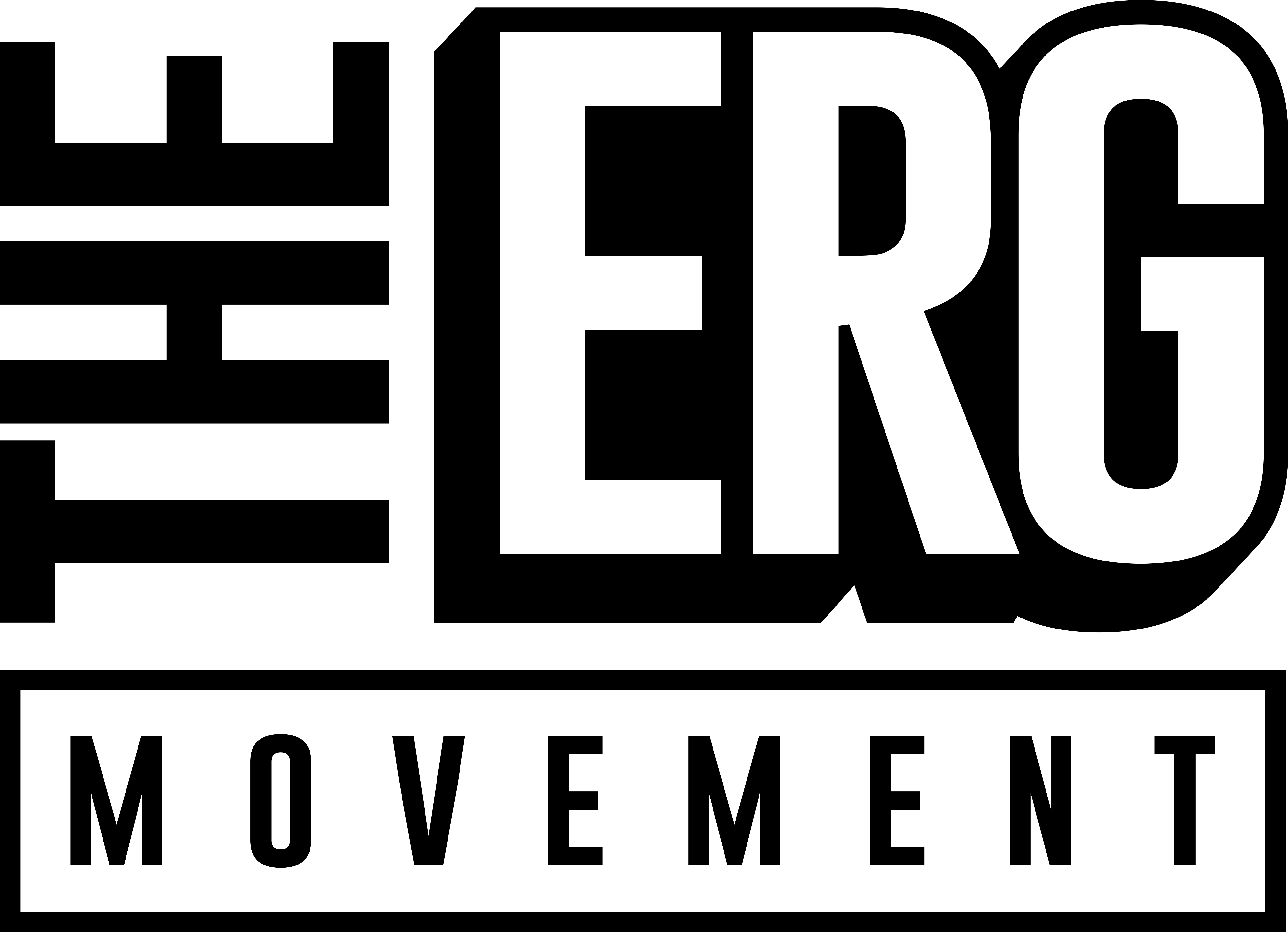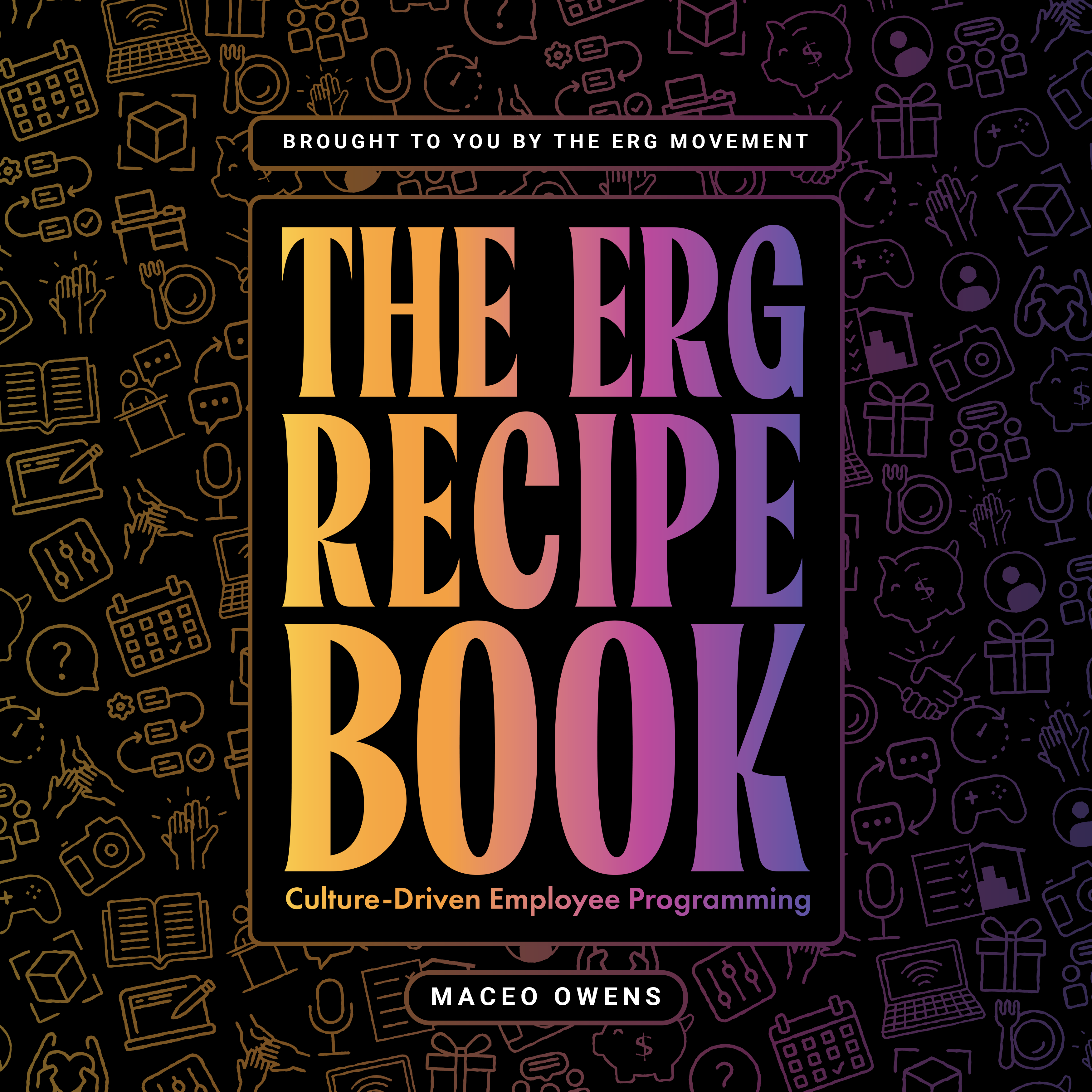How do you calculate an ERG’s Event Engagement Score?
Optimizing Impact with Event Engagement Scores (EES)
In the world of Employee Resource Groups (ERGs), events are pivotal in knitting tighter community bonds and enhancing member involvement. Given the substantial investment of time, energy, and often finances in these events, it's crucial for organizations to measure their effectiveness using the Event Engagement Score (EES). While the broader Member Engagement Score (MES) captures both synchronous and asynchronous participation, offering a comprehensive view, the EES zeroes in on live event participation, shedding light on the direct engagement as a result of these gatherings.
What is the Event Engagement Score?
The Event Engagement Score (EES) measures the percentage of ERG members who attend at least one live event over a specific period—typically within a year. This metric is invaluable for assessing the immediate impact of events and understanding their appeal among the membership. Organizing an event demands significant resources. By measuring engagement through the EES, organizations can:
- Evaluate Immediate Impact: Assess whether events are hitting the mark in attracting and engaging members.
- Guide Resource Allocation: Direct resources more effectively by understanding which events resonate most with the community.
- Refine Event Strategies: Improve planning and execution to boost future participation and member satisfaction.
Calculating the Event Engagement Score
Here’s how to calculate the EES effectively:
- Single Event Engagement:
- For any given event, aim for at least 10% of the total membership to participate. This target helps ensure that events are drawing a significant portion of the community, indicating active interest and engagement.
- Annual Engagement:
- Across all events in a year, strive for at least 50% of the membership to engage in at least one event. This broader goal helps gauge overall annual engagement, ensuring that a substantial fraction of the community connects with the ERG through events.
- Steps to Calculate EES:
- Collect Data: Record attendance for each event, ensuring accurate tracking of all participants.
- Determine Total Membership: Maintain an up-to-date roster of ERG members to serve as the denominator in your calculations.
- Apply the Formula:
EES = (Number of Unique Event Participants / Total Members) x 100
This formula calculates the percentage of members who have participated, providing a clear metric of event engagement.
Interpreting Event Engagement Scores
- High EES (50% and above annually): Indicates robust engagement, suggesting that events effectively cater to member interests and successfully foster community involvement.
- Low EES (below 10% for a single event, below 50% annually): May indicate issues such as poor event timing, lack of relevance, or insufficient promotion, necessitating reevaluation and adjustment.
It’s important to remember that while aiming for at least 10% engagement for any single event is ideal, falling below this threshold isn’t necessarily cause for concern if it contributes to the larger annual goal. An event with lower individual engagement can still play a crucial role in achieving the broader objective of 50% of members participating in at least one event over the year. This holistic approach allows for flexibility in planning and acknowledges that not every event will appeal equally to all members.
Program managers should set a clear annual program-wide engagement goal of 50% and also strive for each ERG’s Event Engagement Score (EES) to reach at least 50% to ensure consistent engagement across all groups and events throughout the year. This dual focus helps maintain a balanced perspective on both individual event success and overall annual engagement, fostering a robust and active community within the ERG framework.
Quantitative data from the EES is enhanced by qualitative insights from event participants. Employ post-event surveys and informal feedback mechanisms to gather nuanced views on what attendees appreciated and areas that need improvement. Understanding which events captivate your members allows for strategic planning of future activities tailored to their preferences and schedules. This strategic approach not only maximizes resource utilization but also significantly boosts the impact and relevance of your ERG’s events.
Get Started Today
To refine your approach to event planning and evaluation, utilize our free ERG Data Collection System Template + Mini Course. Looking to delve deeper into your event strategies? Schedule time with us to discuss developing a customized ERG Program Data Dashboard that aligns with your specific needs, ensuring your events are not just gatherings, but catalysts for stronger community engagement.






.svg)






%20(1).jpg)
%20(2).jpg)

.svg)